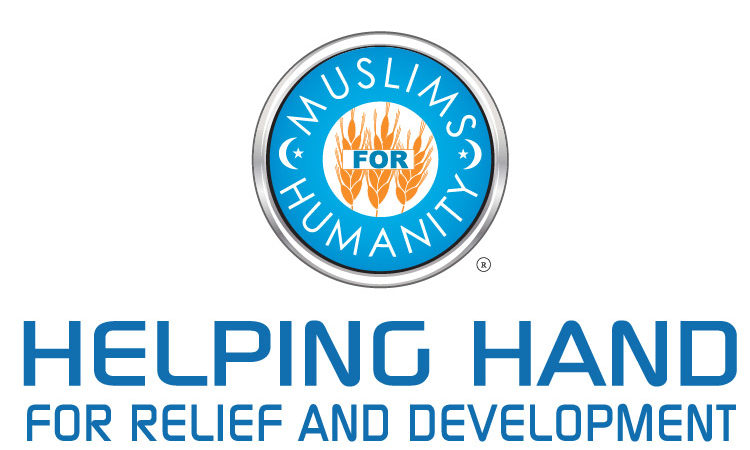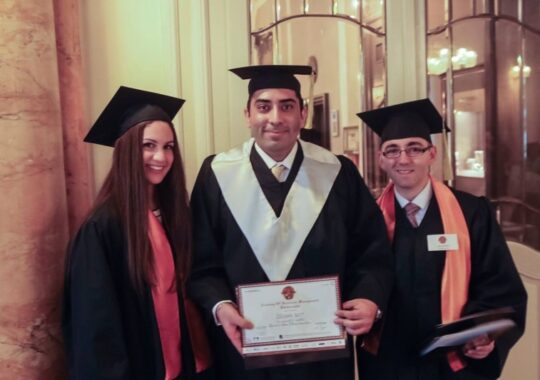Funding for education totals just 2.6% of the world’s total humanitarian aid spending. Out of this 2.6%, only 20% of this budget is spent in low-income countries that are affected by crises. While it is hard for children in areas affected by crises to learn, it is even harder for those who suffer from disabilities. Because of this, HHRD developed the Children with Disabilities Program that is designed to provide children with special needs an opportunity to learn.
Across the world, children with disabilities are roughly 2 times more likely to never have attended school. On average, a child with a disability will attend 4.8 years of school total, whereas those without disabilities average 7 years of schooling. The adult literacy rate is also adversely affected when considering those with disabilities. Indonesia for example, reports 93% of adults without disabilities having basic literacy skills, while only 52% of those with disabilities have achieved the same skills.
This subset of a subset of the population is underserved and often forgotten. While HHRD has its Education Support Program to help provide education to those affected by crises, children with disabilities are often unable to attend or learn in the same environments. HHRD’s Children with Disabilities Program was created specifically to address this issue.
Through the CWDP program, HHRD focuses on the issues that they know disproportionately affect this population. Treatment and rehabilitation services are provided through the use of assistive aids to help with learning, early assessment and diagnosis of disabilities, and provision of supportive equipment that is often needed to facilitate learning. The early diagnosis of a disability is one of the only ways to help determine what assistance is necessary for learning at a reasonable pace. The support and equipment provided are tailored to specific disabilities and HHRD brings the knowledge of how to effectively utilize the equipment in a school setting.
In addition to special equipment and aid, the classrooms are set up to provide inclusive education in special education centers. These centers are staffed by teachers who have been trained in teaching children with disabilities. They provide learning at a pace that works for the children, along with vocational training to assist in job hunting later on in life. Supplies like uniforms, books, tuition assistance, and even food and water, are also provided on-site at learning centers. For children who may have trouble getting to school, transportation assistance is provided as well.
Outside of facilitating learning, a secondary goal of the CWDP program is providing these children with the inclusivity and social aspects of a school environment that they would otherwise not have access to. Socially uplifting activities such as sports/recreation, confidence building workshops, and religious gatherings are included in the program design. HHRD also provides counseling services for the children and their families to help deal with the realities and stressors of being disabled in a crises stricken country.
For as little as $2 a day, HHRD offers you the ability to directly sponsor a child in need. You are provided with a profile of the child you are sponsoring for a more personal connection to the good you’re doing in the world. Donations are spent directly on your sponsored child’s education, medical treatments, rehabilitation, and other services they may require in their journey to a better life.





